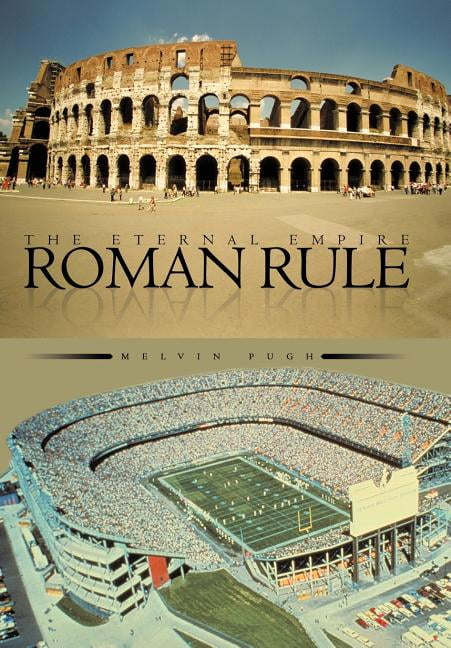

Like with GPS and the internet, innovations from the military sector slowly spread to civil society.

Trajan’s Column, showing Roman soldiers wearing leggings. In that depiction, generals and other high-rank figures wear tunics or togas, while common soldiers wear leggings. So military trousers used by Germans or Gauls became the outfit of choice for Roman troops-presumably because they’re more practical on a northern battlefield than flappy tunics.Įvidence of this early trouserization of Roman troops can be seen in the spiral bas-relief of Trajan’s Column, the 98-foot-tall, 12-foot-thick marble monument erected in 113 to honor the emperor’s triumph over the Dacians, pants-wearers from what is now Romania and the region around it. Romans and tribes from newly annexed northern lands fought side-by-side to protect their borders from still other barbarians, such as the Visigoths. However, as the empire expanded, this began to change. A marble statute of Emperor Augustus, clad in a magistrate’s toga. Squeezing one’s legs into stitched fabric was simply not tradition, and not generally demanded by the Mediterranean climate. Tunics where the most common garment, sleeveless or short-sleeved for men, and long-sleeved, ankle-length for women. It is not as though every person walking around ancient Rome was wearing a toga-they were more like formal wear.

There were no particular hygienic reasons for the Roman distaste for pants, says Professor Kelly Olson, author of “ Masculinity and Dress in Roman Antiquity.” They did not like them, it appears, because of their association with non-Romans.īut opinions change with time, and not long after, the historian and senator Publius Cornelius Tacitus listed pants among a range of “exotic” behaviors of Germanic tribes, whom he praised for having morals unweakened by civilization: river-bathing, ponytails (“wisted tufts resembling horns or plumes”), and pants. In what is now Tomis, Romania, the poet first encountered barbarians: “The people even when they were not dangerous, were odious, clothed in skins and trousers with only their faces visible.” Ovid, by then an acclaimed poet, was exiled by Emperor Augustus, for reasons that remain unclear (but may have had to do with Augustus’s niece). Baden-Württembergisches Landesmuseum, Stuttgart, Germany.Ĭicero was not alone in relating pants to a primordial, uncivilized life. “Good orators were using rhetoric in a rather sophisticated way-they were picturing foreign tribes in the way that mostly suited their needs, from fierce aggressors to backwards folks and they were relying on visual imageries to make sure that ‘barbarian otherness’ would stand out,” says Susanne Elm, a historian from the University of California, Berkeley, who studies Rome’s relationship with the tribes to the north, which they collectively referred to as “barbarians.” The breeches were, in this case, a powerful symbol of “otherness.” A bronze statute of a German, wearing pants, from the 2nd century. When Marcus Tullius Cicero, an eloquent orator and lawyer, was defending the former Gaul governor Fonteius from accusations of extortion, he cited the wearing of pants as a sign of the “innate aggressiveness” of the Gauls-and an extenuating circumstance for his client:Īre you then hesitating, O judges, when all these nations have an innate hatred to and wage incessant war with the name of the Roman people? Do you think that, with their military cloaks and their breeches, they come to us in a lowly and submissive spirit, as these do (…)? Nothing is further from the truth. But in Imperial Rome, obviously, things were a little different-no man of honor would think of wearing what was considered the garb of a savage barbarian. Go to a meeting with any male politician today and you’re almost certainly going to be standing in front of a man wearing pants, except perhaps in Bermuda, where the eponymous shorts are the nation’s official dress. Gaulish chief Vercingetorix, wearing trousers, surrenders to Julius Caesar after the battle of Alesia in 52 B.C.


 0 kommentar(er)
0 kommentar(er)
